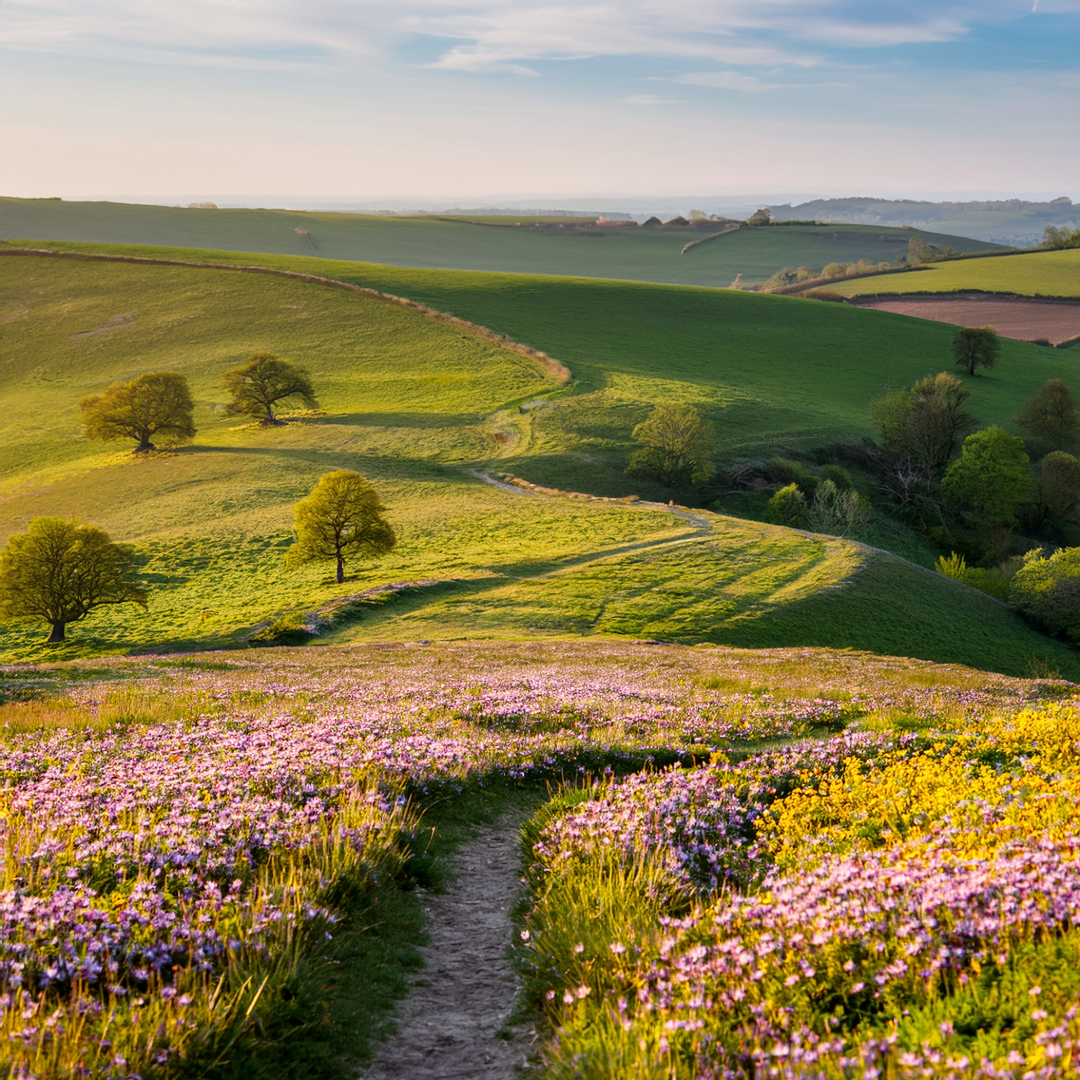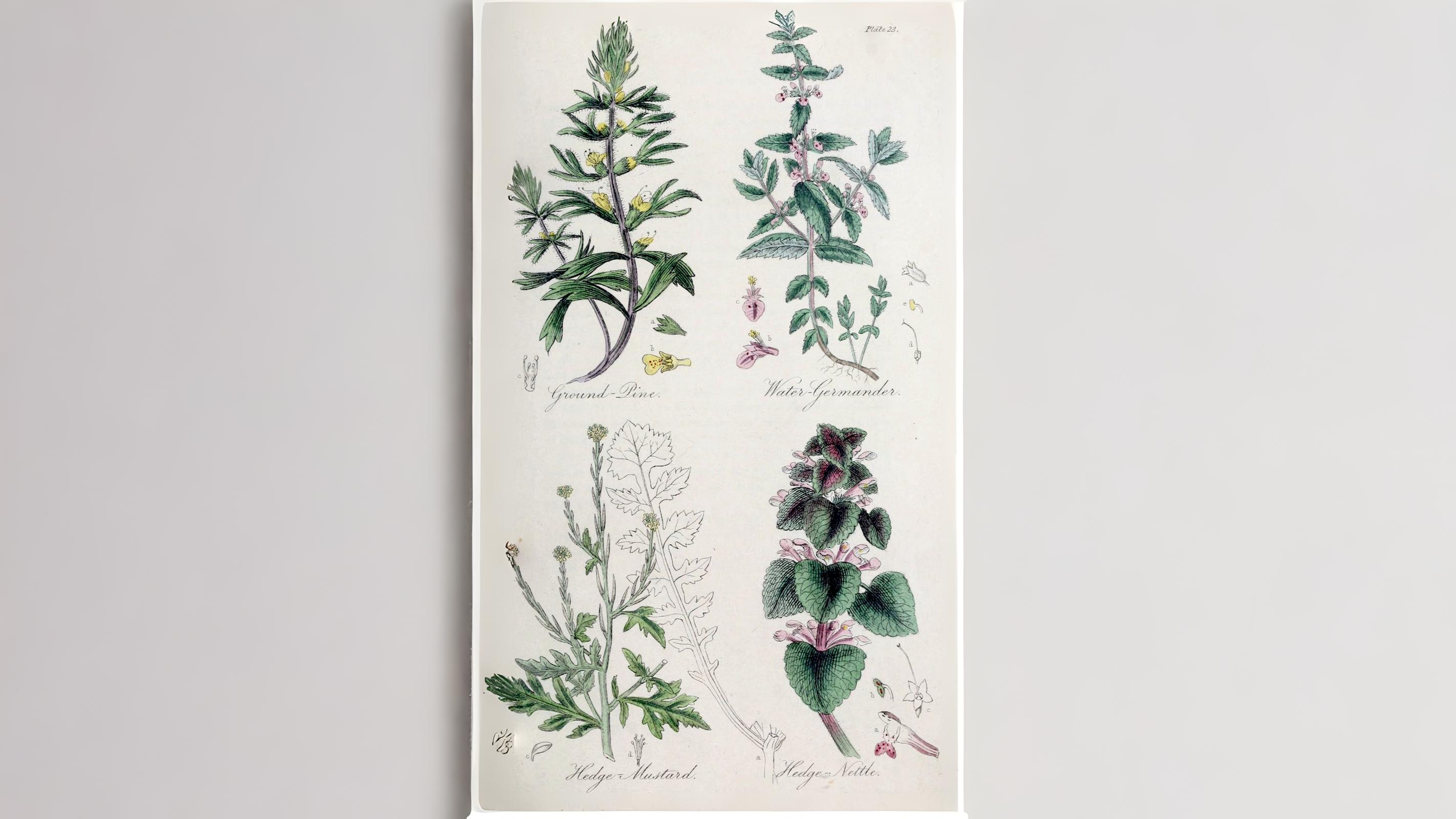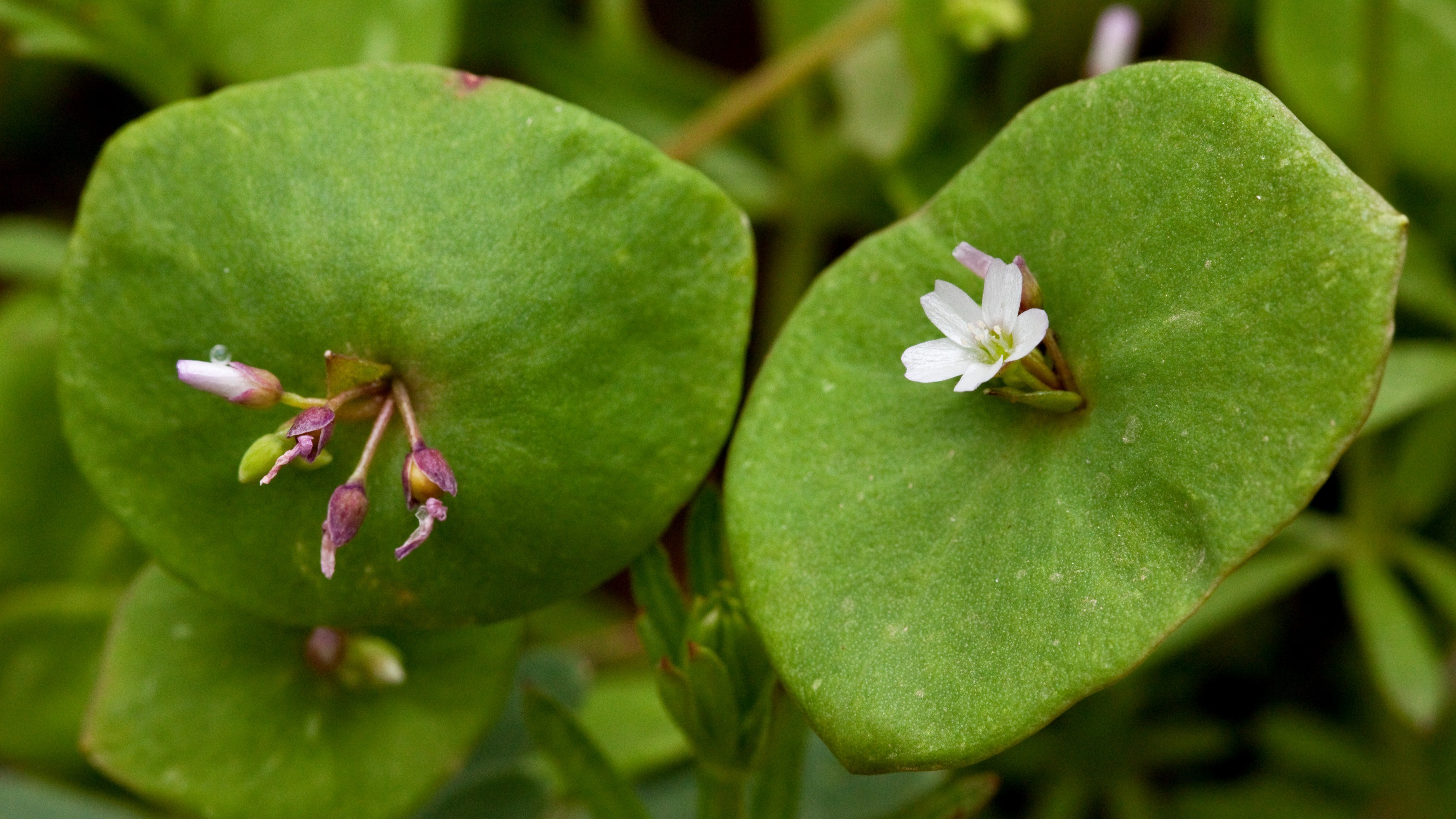Beyond the city’s sprawl, the chalk downs south of London are alive with a delicate dance of colour—tiny milkworts like "birds in flight," vanishing rarities like the turpentine-scented Ground Pine (London’s rarest plant), and the cheerful invasion of ox-eye daisies and scarlet pimpernel. But these landscapes hold secrets: Why did medieval herb women swear by milkworts for nursing mothers? How did yellow rattle seeds become a bizarre cure for cataracts? And where can you still find the elusive "earth smoke" fumitory, a flower once believed to sprout from literal smoke?
Return on 13 May to uncover the hidden stories of London’s downland wildflowers—before summer’s heat transforms them into memory.
On the downs to the south of London, violets are coming to the end of their flowering period and being replaced by trefoils, vetches, ox-eye daises, bittercresses and speedwells. Towards the end of the month they may be joined by other species such as fairy flax, eyebright, meadow vetchling, parsley piert and heartsease. The blue, pink and white forms of milkworts Polygala spp. are among the most attractive. These flowers are said to look like tiny blue and white birds in flight. The old ‘herbe women’ of Cheapside, famous for their ‘home physicks’ sold them to nursing mothers to encourage their milk production. Because of the beauty of the flowers and their wide range of colours they were also included in nosegays, even though they produce no scent.
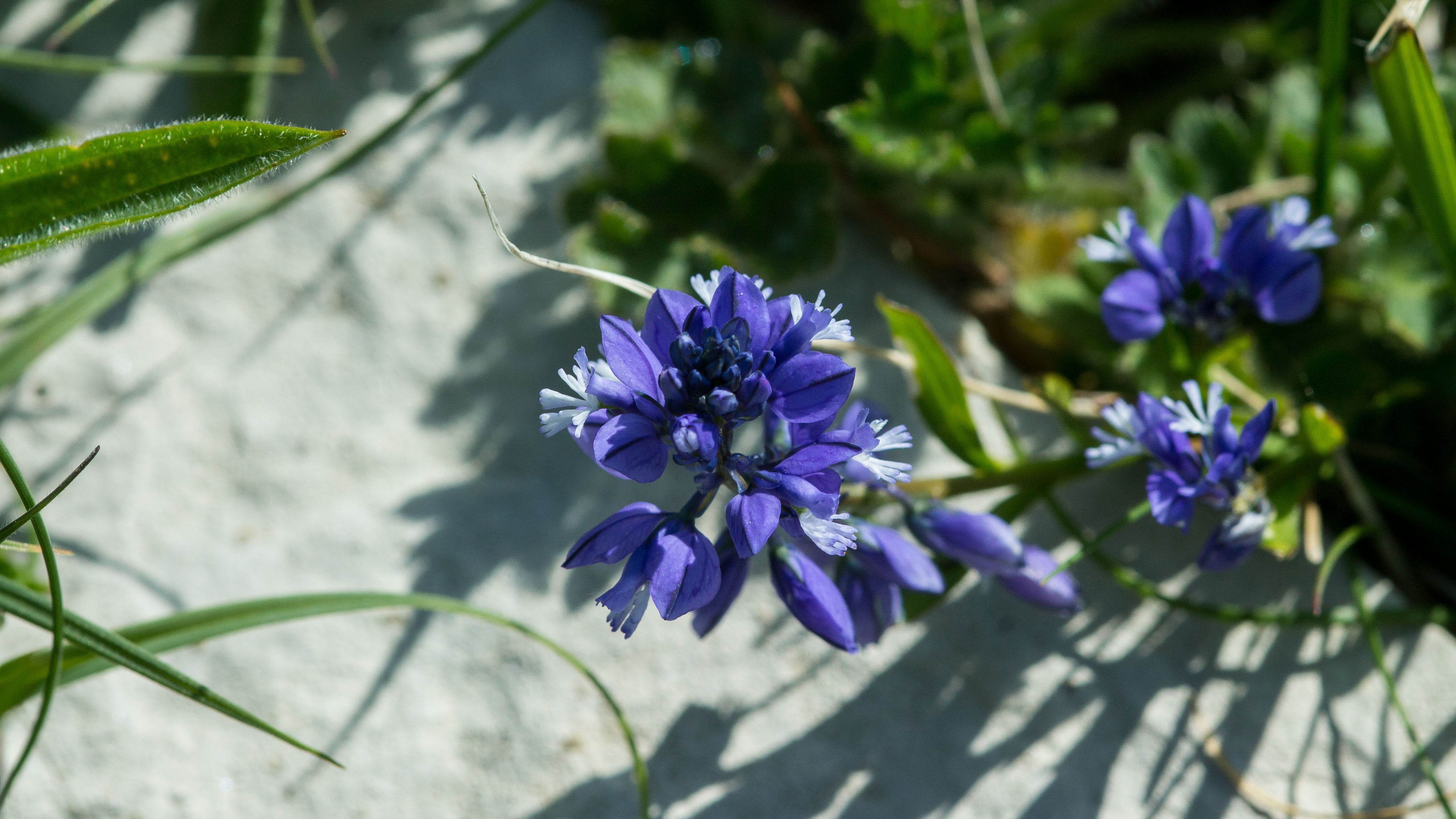
Two of London’s greatest rarities, the Narrow-leaved rattle Rhinanthus serotinus and Ground pine Ajuga chamaepitys are now hopefully coming into flower. Although rare elsewhere, this yellow rattle is now abundant in Happy Valley and more recently on similar south-facing chalky slopes nearby. Its name comes from the way the seeds rattle noisily in their ripe capsules. The seeds of the more common yellow rattle R. minor, which is also in flower, used to be placed under eyelids to cure cataracts. Ground pine has been described as London’s rarest plant, its last remaining site in London being a mecca for botanists. It is a plant of a long lost habitat on the North Downs i.e. the disturbed edges of arable fields, where horses would once have trodden daily. The plant looks like a miniature pine tree and has a smell of turpentine to match.
Waste areas, with their impoverished soils, are now rich hunting grounds for many new wild flowers. Most often encountered are charlock, white deadnettle, greater celandine, goosegrass, hedge mustard, herb Robert, scentless mayweed, sow thistle, hoary cress, knotgrass, spurges, plantains, scarlet pimpernel and fumitory. The genus name for fumitory Fumaria means ‘earth smoke’. These plants have a long association with smoke. For some people they even look like smoke, others think they smell of smoke and once inhaled they were thought to bring on tears just as smoke might do. Like smoke, the flowers don’t seem to attract insects and the plant was thought to grow not from a seed but from smoke emanating from the earth.
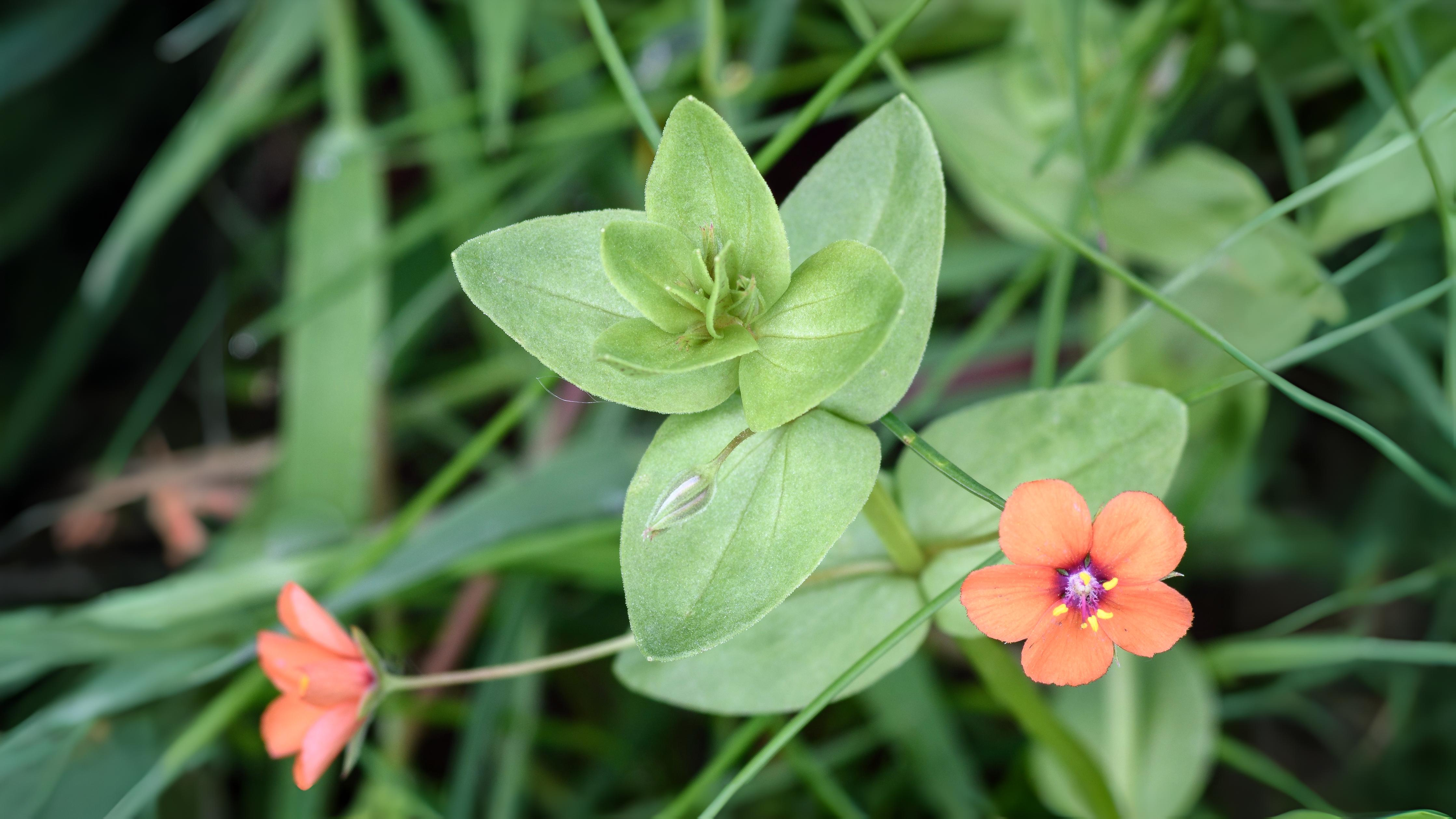
In London alkanet and soft comfrey are very common garden escapes which have been fleeing from our gardens since the Middle Ages. Everywhere, there are also now masses of daisies and dandelion clocks. Towards the end of the month more melilots, poppies and perhaps the first mignonettes may be seen. Less common are black mustard Brassica nigra and aptly named spring beauty Montia perfoliata, both of which can be found at Kew.
